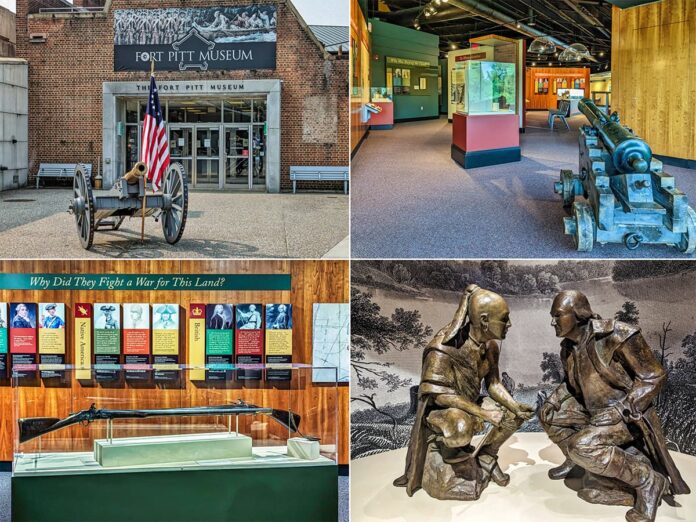
In the heart of Pittsburgh, at the confluence of three rivers, the Fort Pitt Museum stands as a beacon of American history.
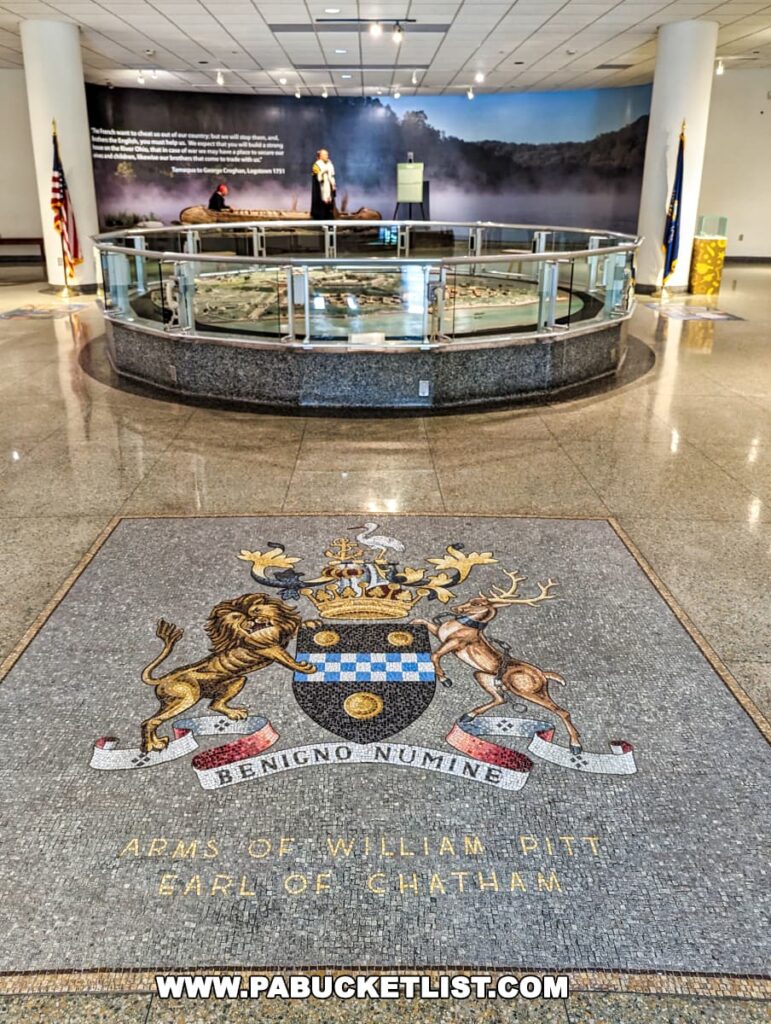
Renowned for its in-depth portrayal of pivotal moments in the region’s history, the museum has gained acclaim for its extensive exhibits, including a significant focus on the French and Indian War.
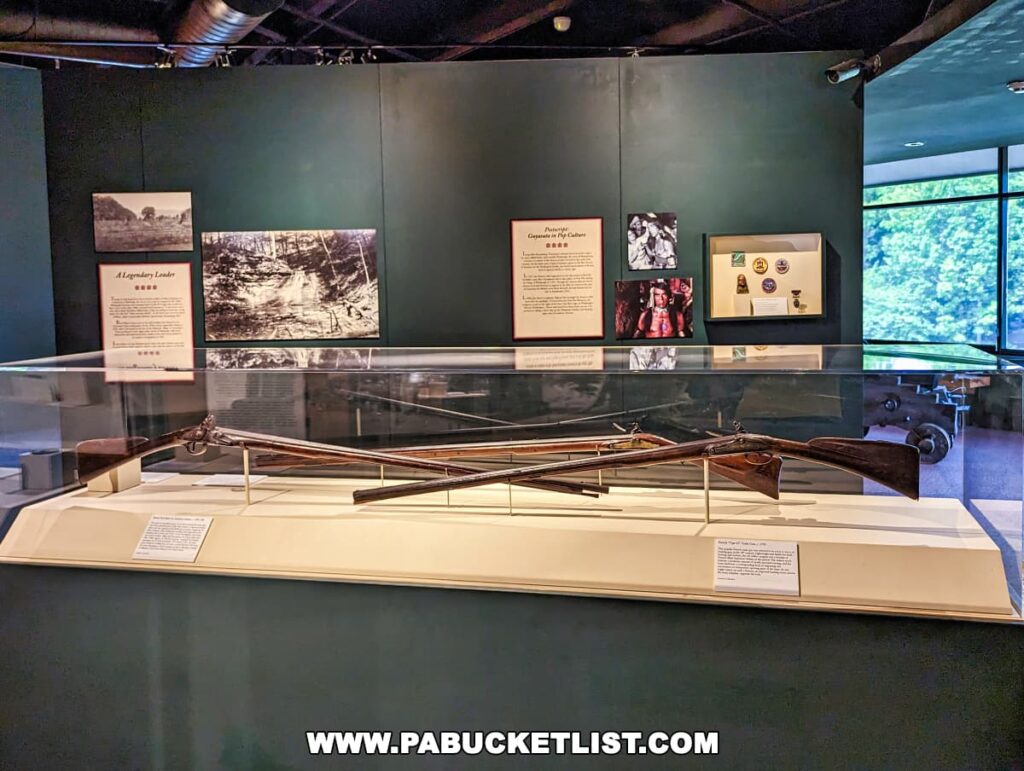
The Fort Pitt Museum, administered by the Senator John Heinz History Center, is surrounded by Point State Park, named for the geographically and historically significant “point” where the Allegheny and Monongahela rivers converge to form the Ohio River.
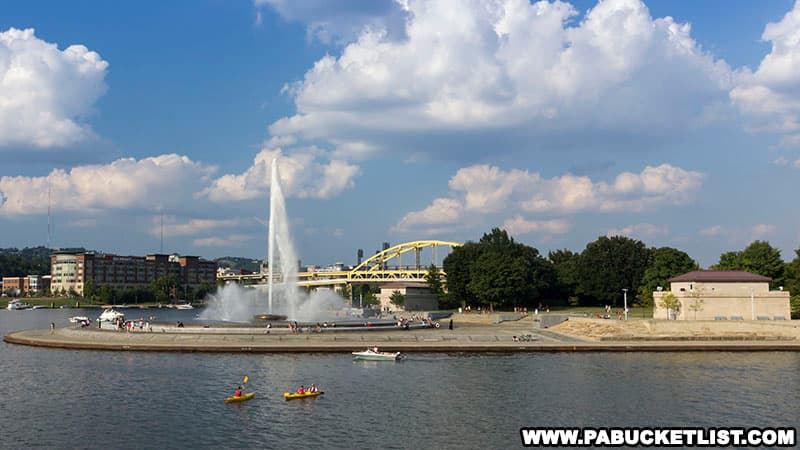
Today, this 12,000-square-foot facility is a treasure trove of artifacts and exhibits related to the formative years of Pittsburgh, helping visitors unravel the intricate tapestry of the city’s past.
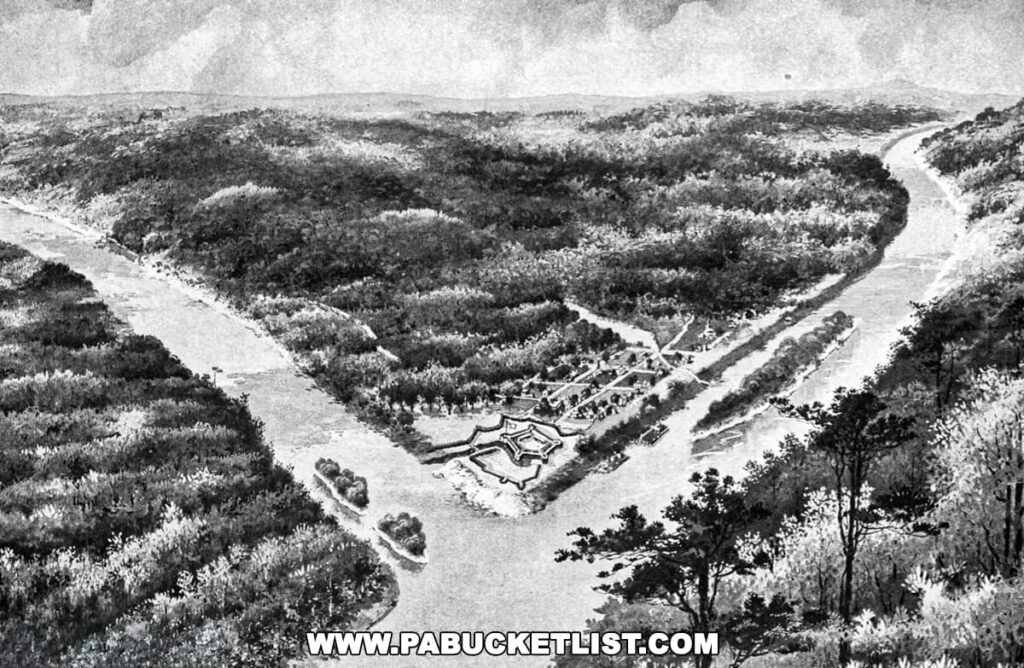
Directions | Hours | Admission Fees
The Fort Pitt Museum is located at 601 Commonwealth Place, Pittsburgh, PA 15222.
The museum has no onsite parking – there are a number of metered lots and parking garages nearby and the museum’s OFFICIAL WEBSITE lists them all.
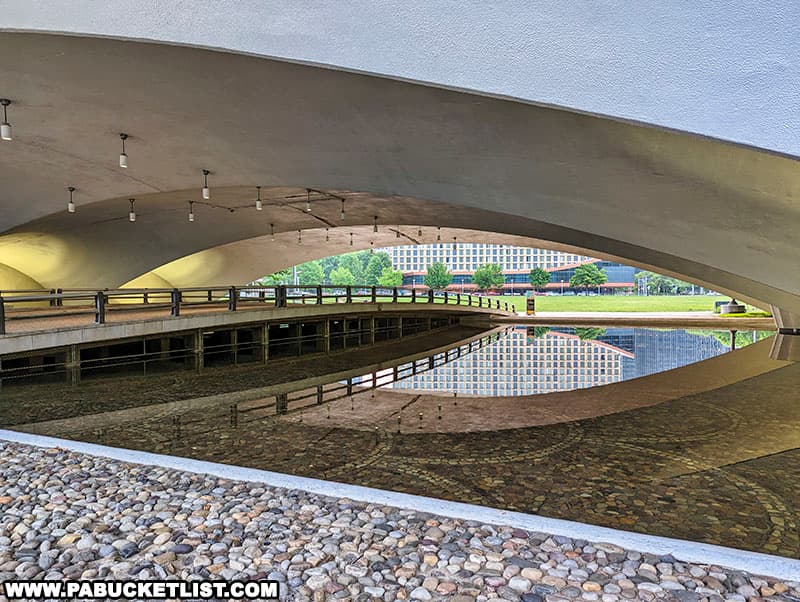
The Fort Pitt Museum is open daily from 10 a.m. to 5 p.m. (closed on New Year’s Day, Easter, Thanksgiving, and Christmas).
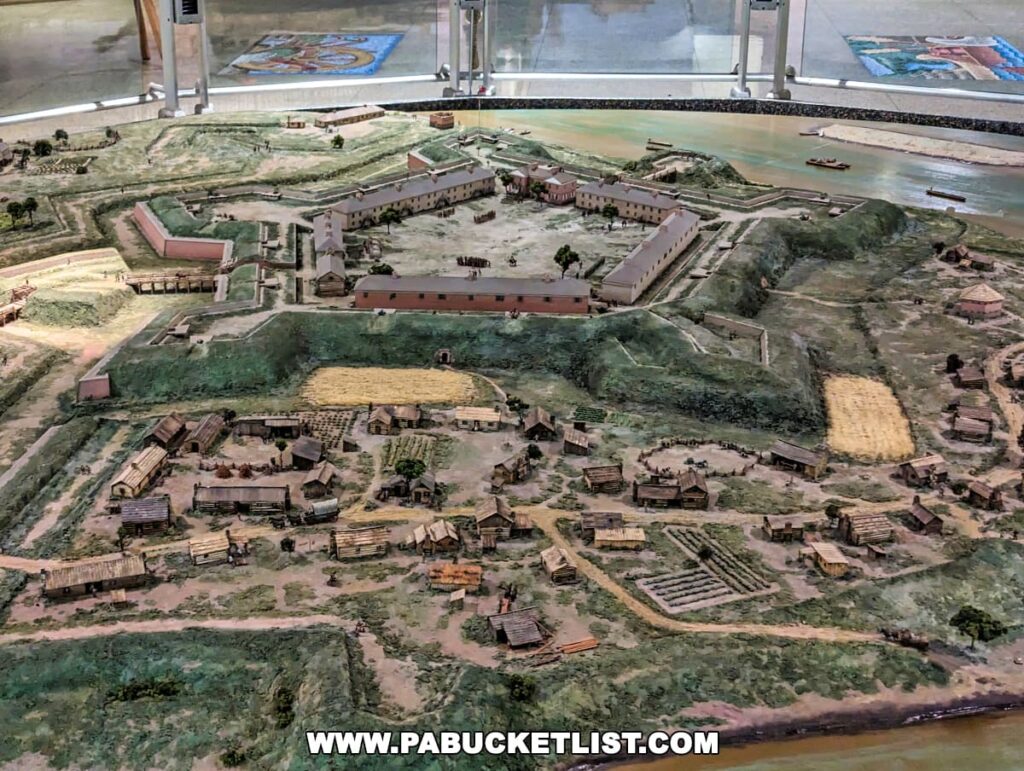
Admission fees as of 2023 are: Adults $10 | Senior Citizens (65+) $8 | Students with a valid school ID $6 | Children ages 6-17 $8 |Children ages 5 and under Free.

The Museum Setting
The museum is housed in a recreated bastion of Fort Pitt, which was originally built in 1758 by the British.
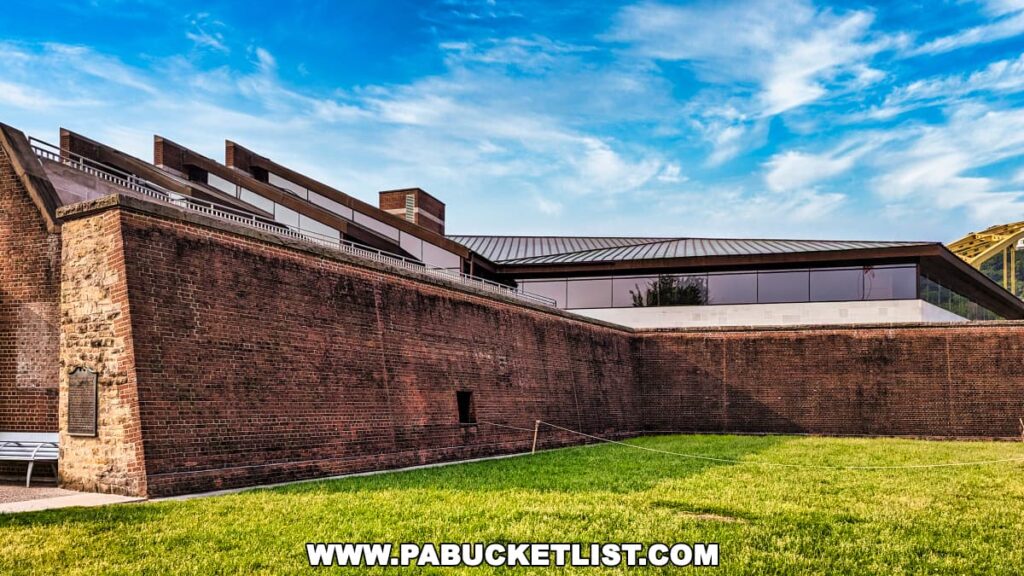
The original Fort Pitt had 5 such bastions, to give you a sense of how much of the Point it took up.
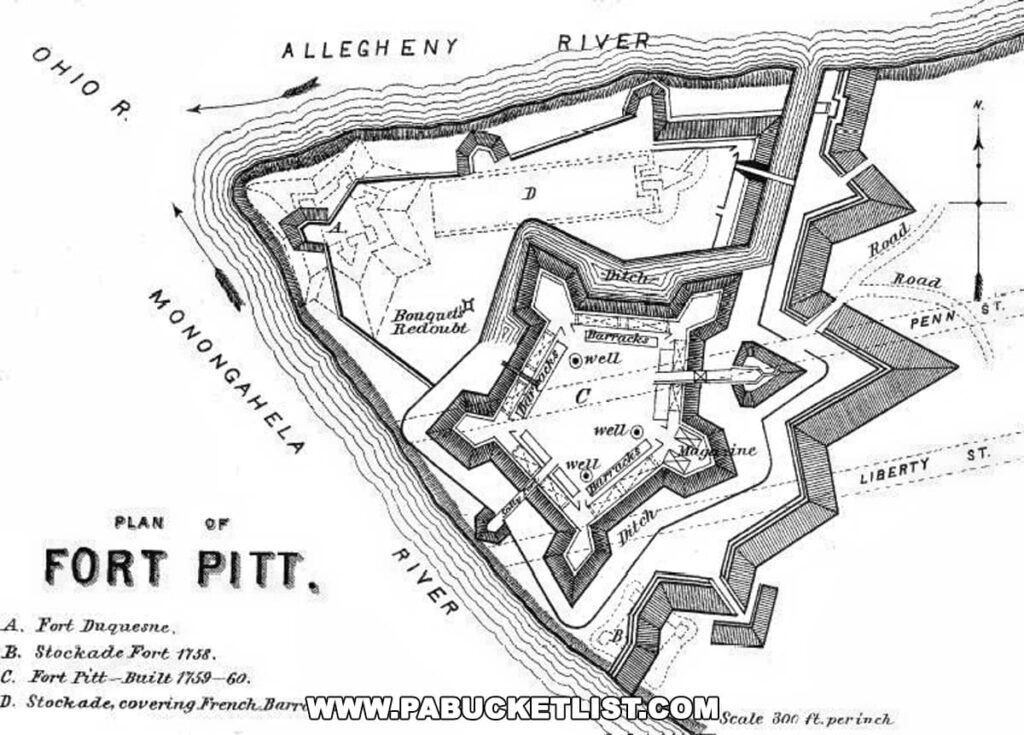
A concrete outline of Fort Duquesne, the French Fort that preceded Fort Pitt, is located nearby, closer to the tip of the Point.
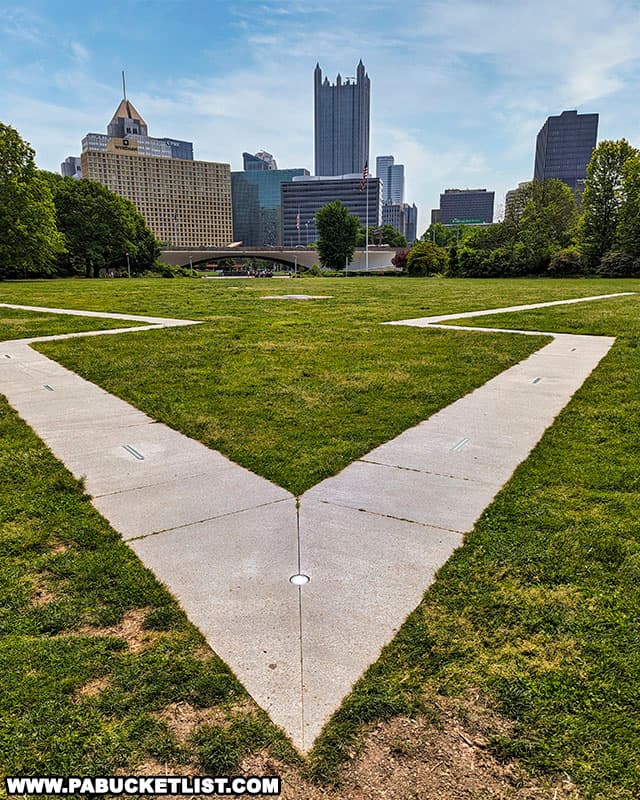
Overview of the Exhibits
The museum’s two floors are a repository of history, each section meticulously curated to showcase different facets of the region’s past.
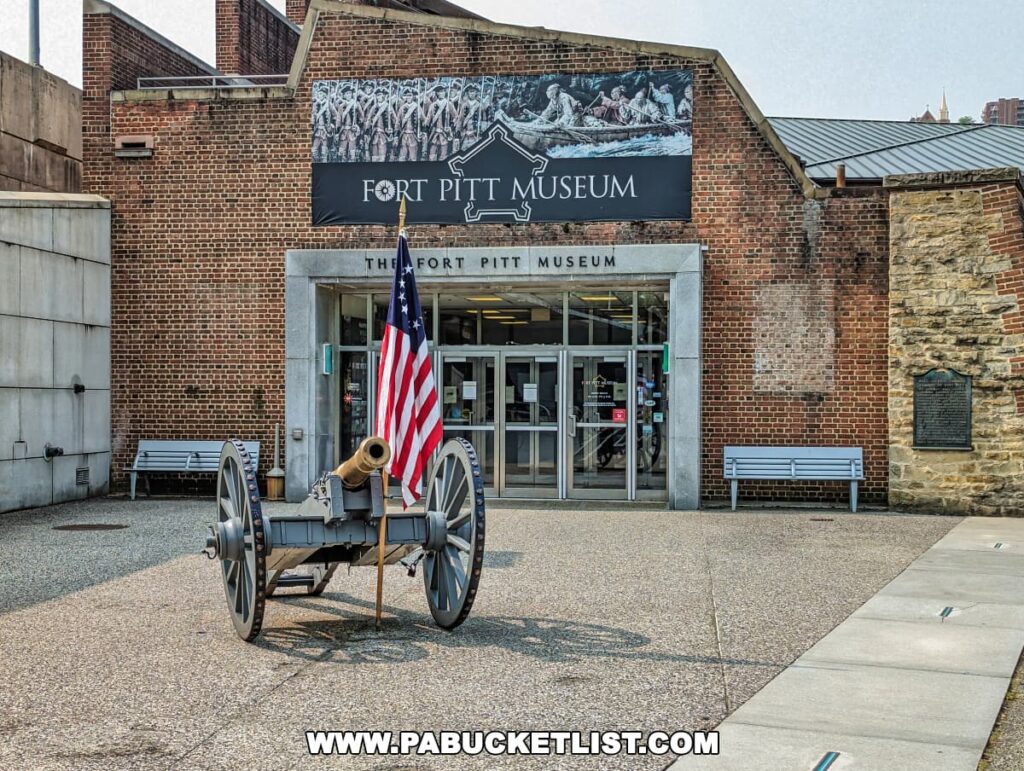
The French and Indian War: This exhibit delves into the complex dynamics of this period, with models and multimedia presentations vividly depicting the conflict.
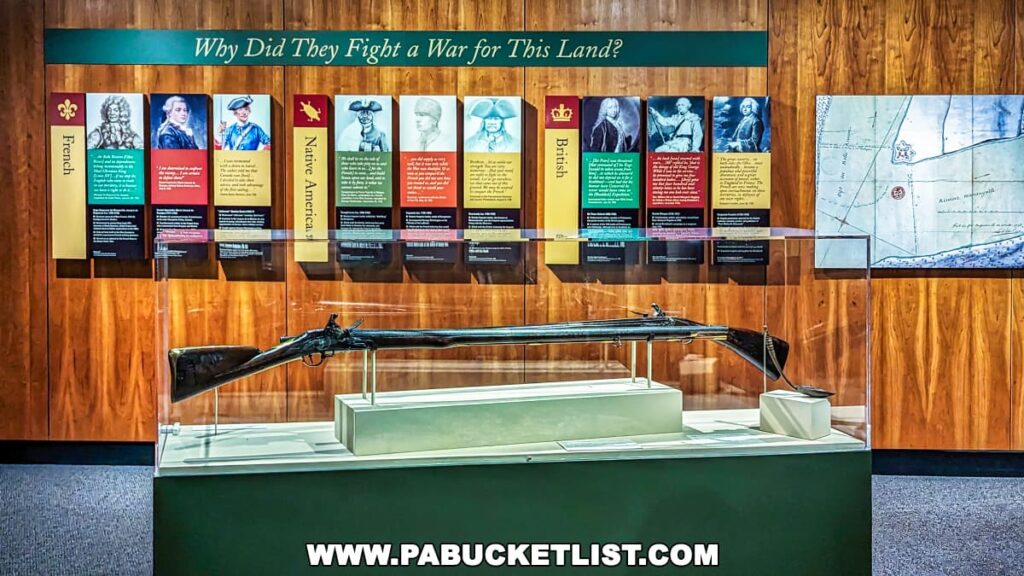
Daily Life in the 18th Century: Authentic artifacts from this era, including tools, clothing, and household items, paint a picture of everyday challenges faced by settlers and Native Americans.
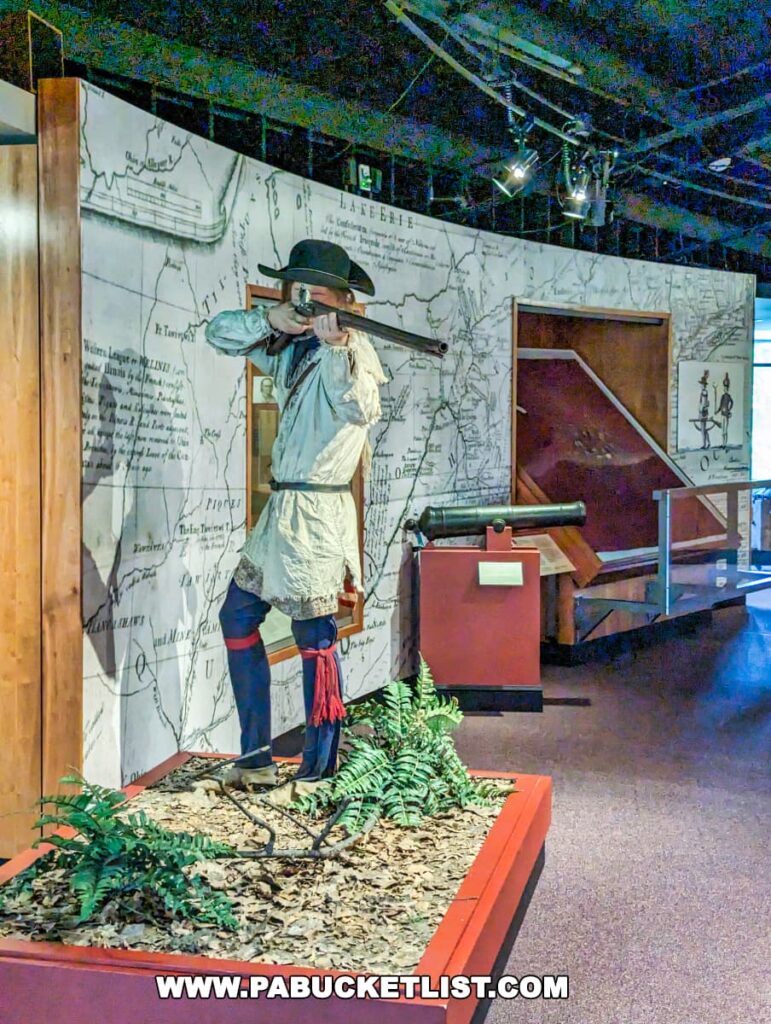
The American Revolution: Highlighting Pittsburgh’s strategic role, this section features military artifacts, strategic maps, and personal letters from the era.
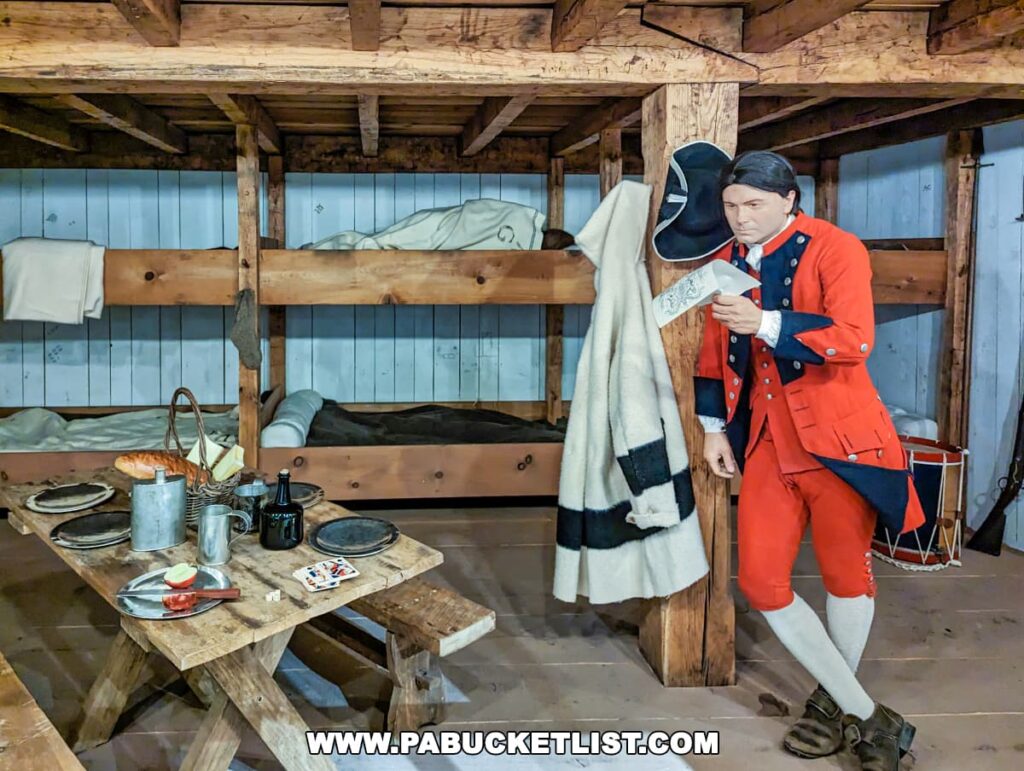
Pontiac’s War: A dedicated exhibit on Pontiac’s War provides a comprehensive view of this often-overlooked conflict.

Artifacts, documents, and interactive displays explore the causes, key figures, and significant battles of the war, emphasizing the Native American perspective and their struggle against British expansion.
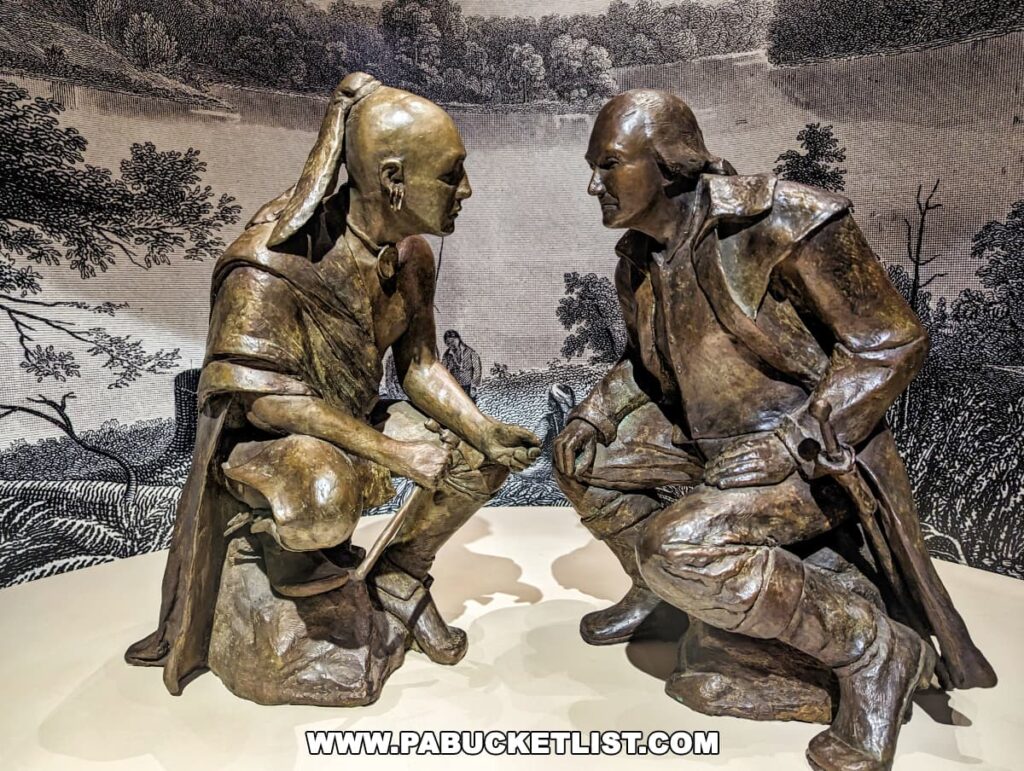
The Fort Pitt Blockhouse: Outside, the Blockhouse, part of the original fortification, offers insights into military strategies of the 18th century.
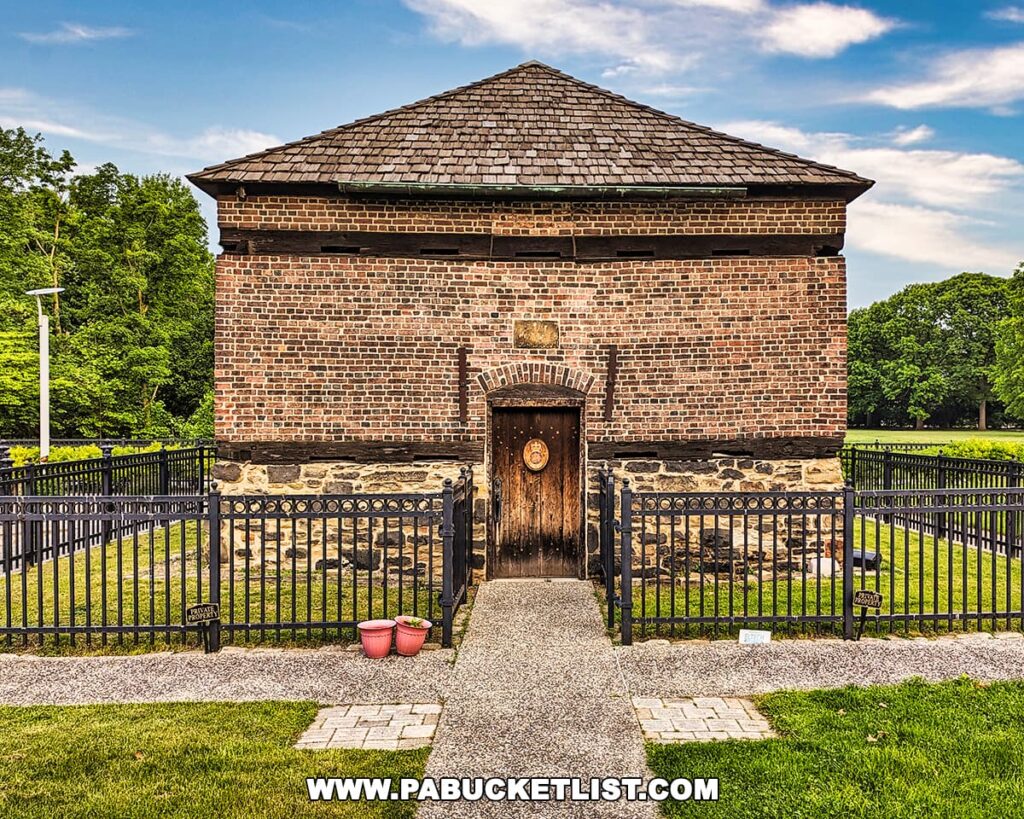
Erected in 1764, the Blockhouse is believed to be the oldest building, not only in Pittsburgh but in western Pennsylvania.
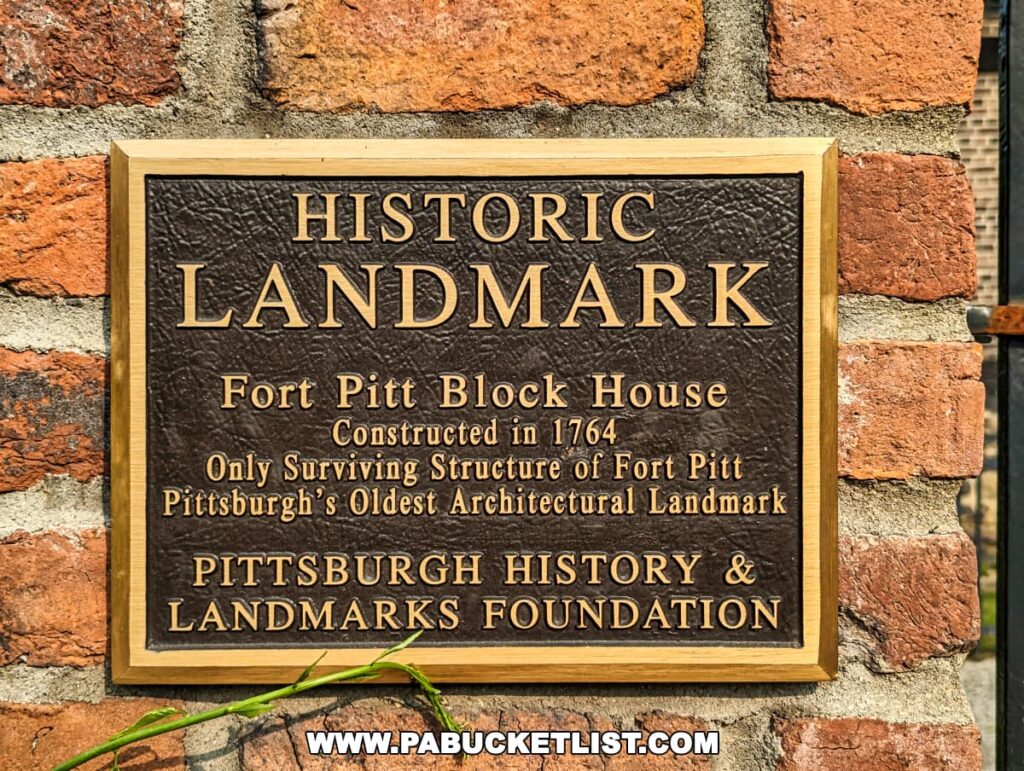
Throughout the museum you’ll encounter life-sized figures frozen in time, meticulously crafted to reflect the diverse tapestry of people who shaped Pittsburgh’s destiny.
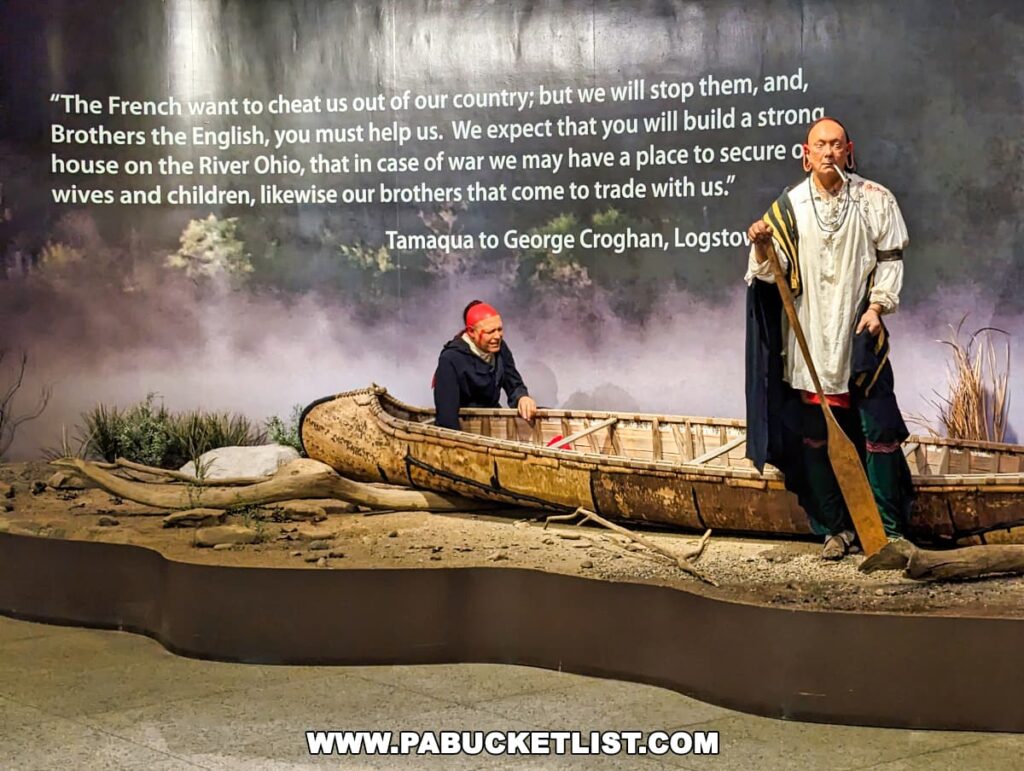
As you make your way through the museum’s informative displays, you’ll witness the remarkable transformation of a frontier outpost into a bustling city.
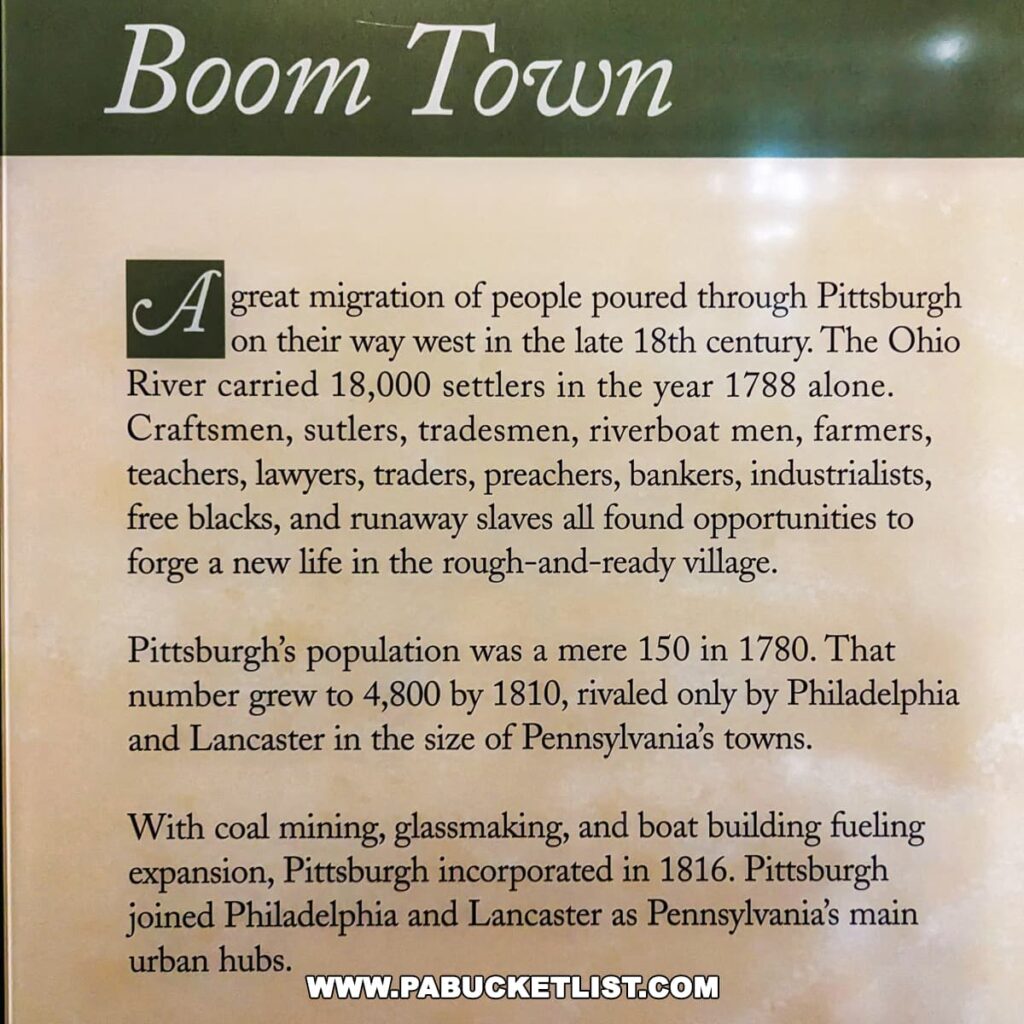
Final Thoughts
The Fort Pitt Museum offers a captivating blend of historical exhibits, interactive displays, and scenic surroundings, making it an ideal daytrip destination for those seeking to immerse themselves in the rich tapestry of Pennsylvania’s colonial and Revolutionary War history.
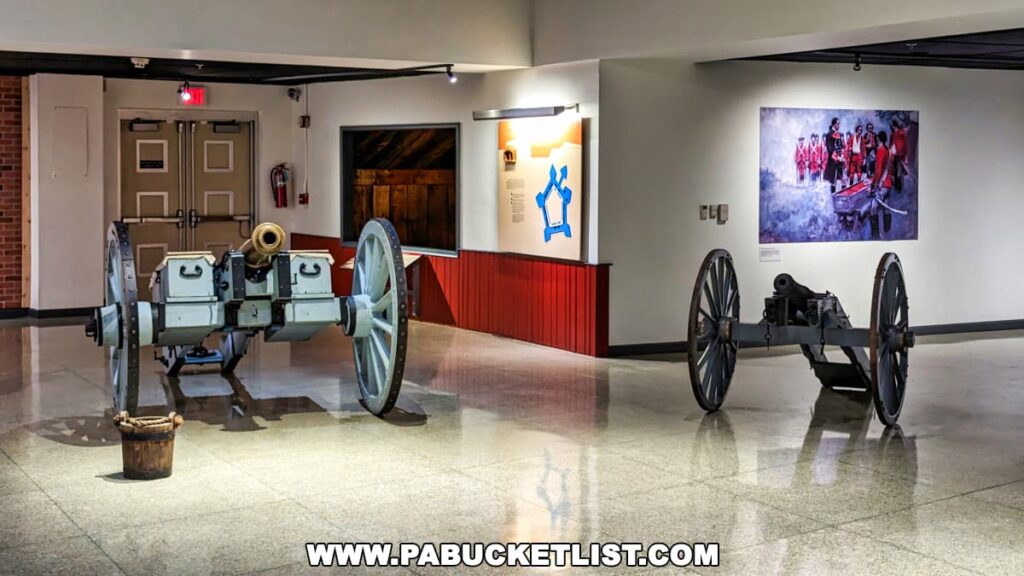
Whether you’re a seasoned history buff or simply curious about the Pittsburgh’s vibrant past, the Fort Pitt Museum makes for a great daytrip destination!
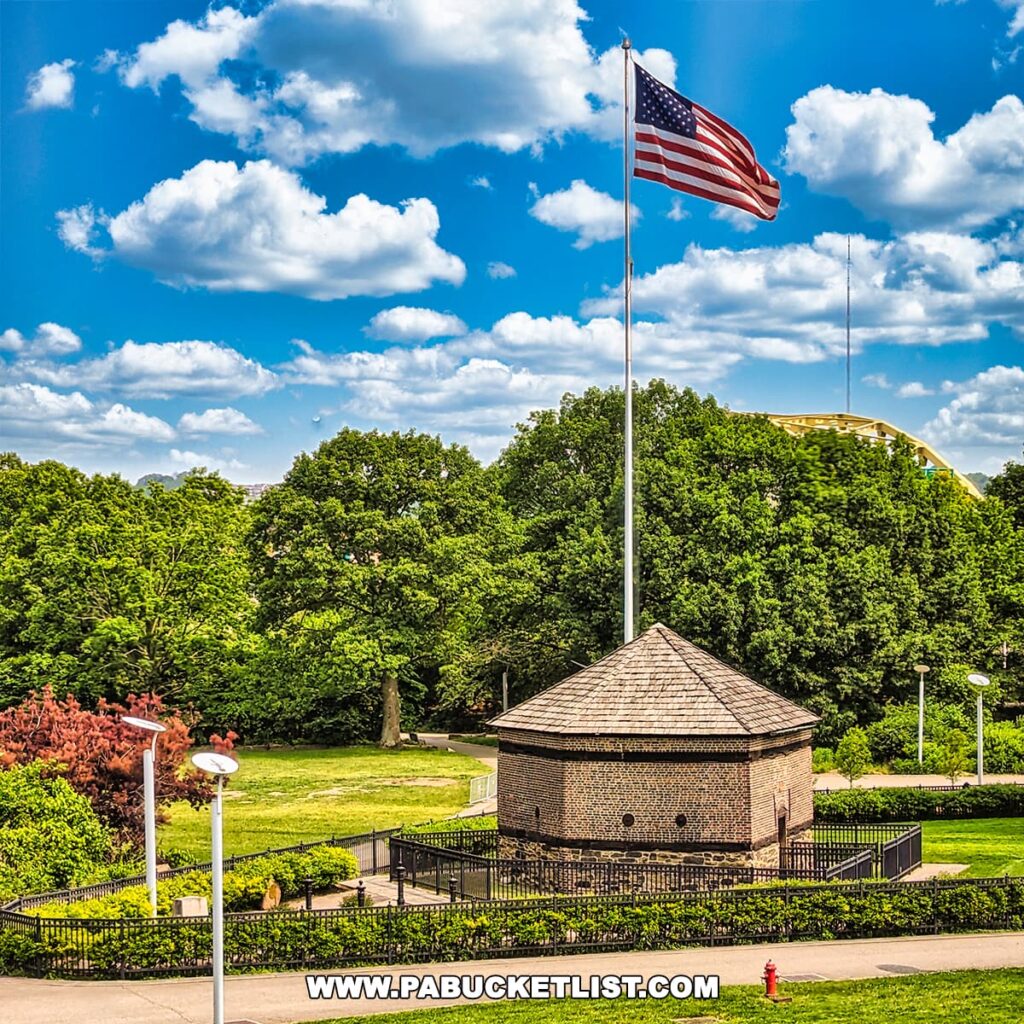
Related Attractions
Fort Ligonier in Westmoreland County, a key British outpost during the French and Indian War, served as a crucial supply and communication link to Fort Pitt during the British campaign for control of the Ohio Valley.
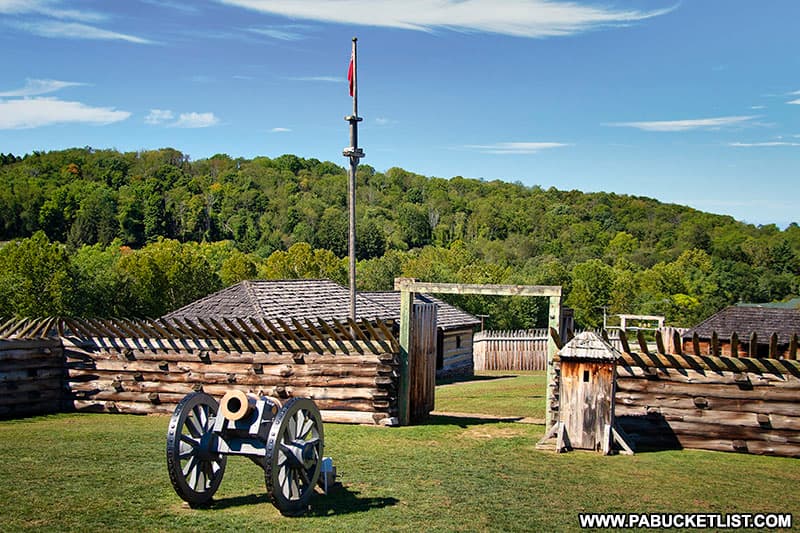
The museum at Fort Ligonier contains one of the most complete collections of French and Indian War artifacts in existence, many excavated from the ruins of the original Fort Ligonier itself.
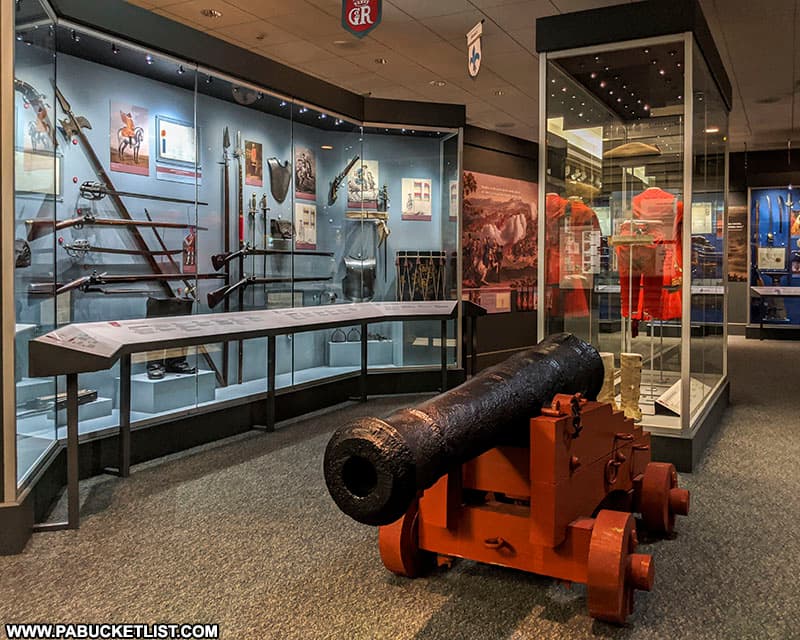
Braddock’s Battlefield History Center preserves and interprets the historical significance of the Battle of the Monongahela, also known as Braddock’s Defeat, which took place on July 9, 1755.
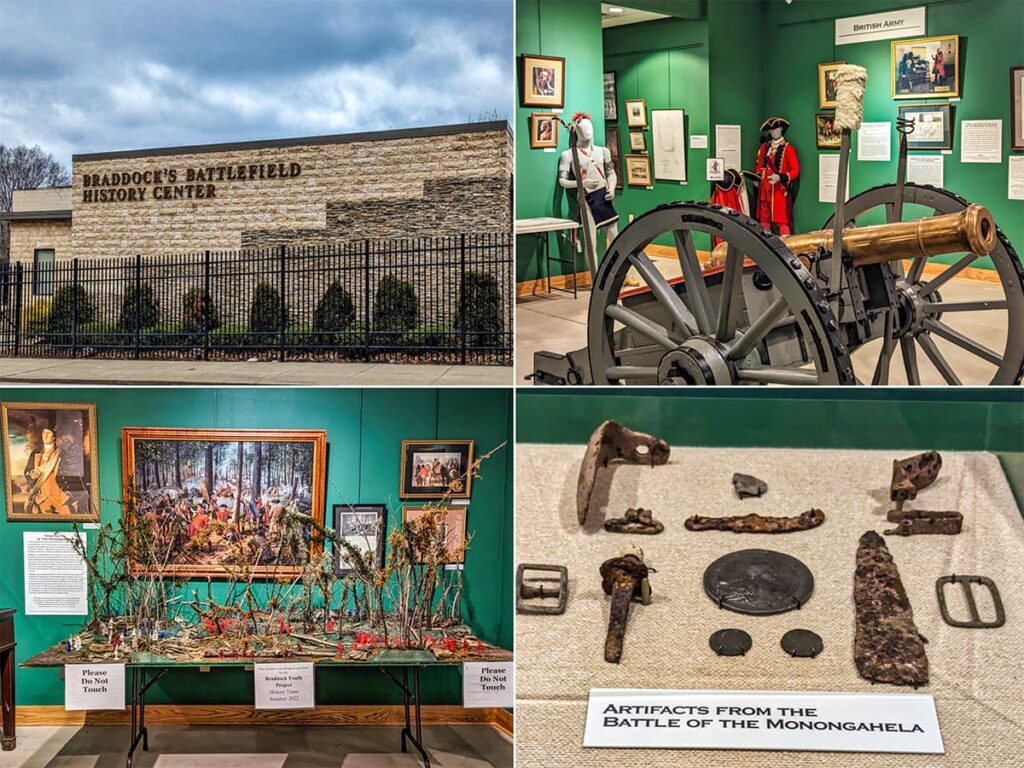
This effort to capture Fort Duquesne from the French ended in a disastrous loss for British troops under the command of General Edward Braddock, who was mortally wounded in defeat.
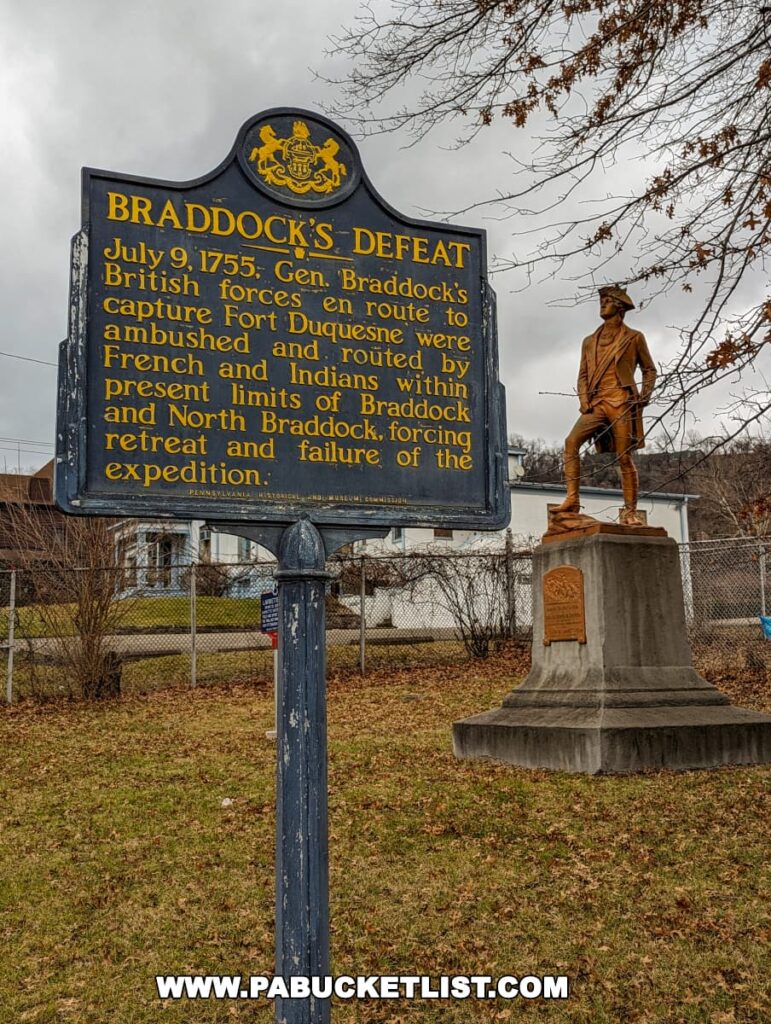
Bushy Run Battlefield Park in Westmoreland County is the only historic site in PA that deals exclusively with Pontiac’s War.
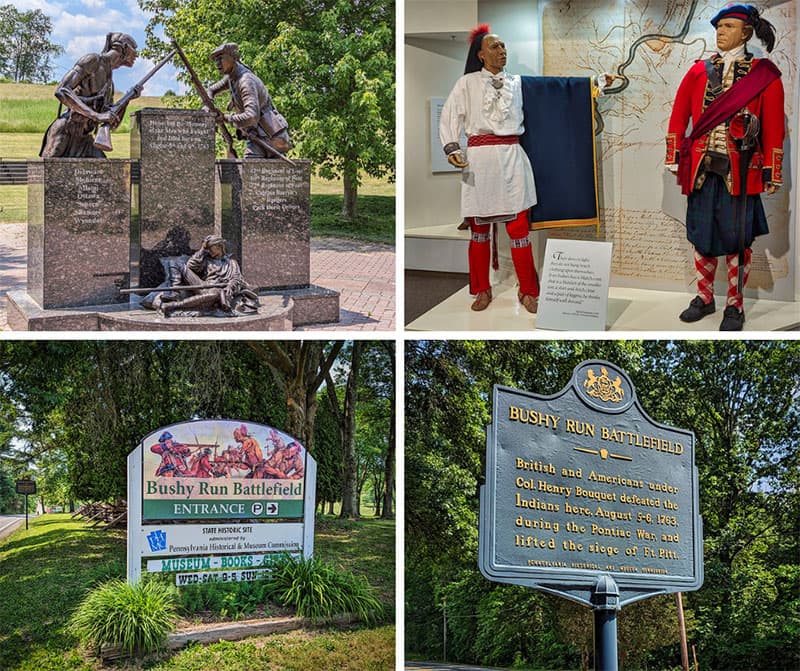
Historic Hanna’s Town in Westmoreland County, an early frontier settlement in western Pennsylvania, played a significant role as a political and military center during the Revolutionary War, closely linked with Fort Pitt as a hub for regional defense and governance.
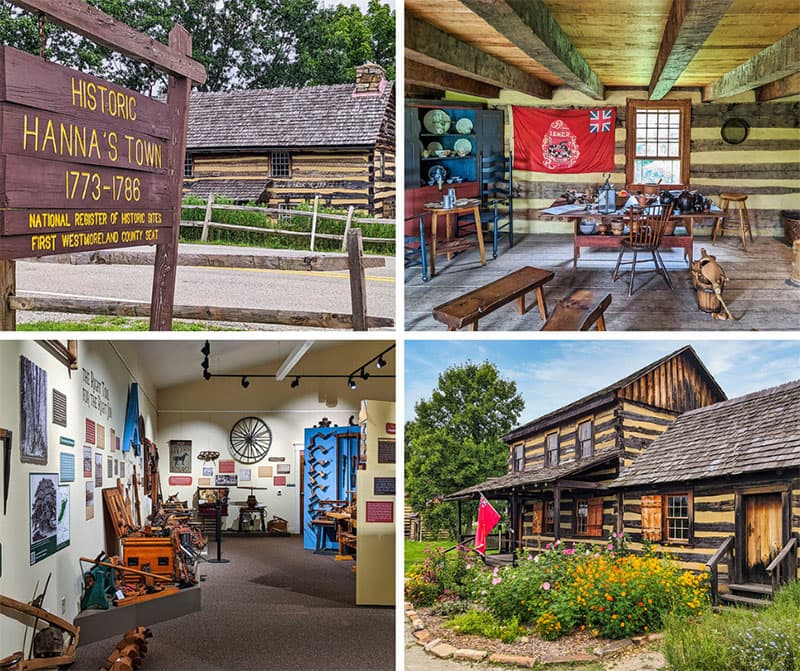
The 36 acre Point State Park opened in 1974, upon the completion of its iconic fountain.
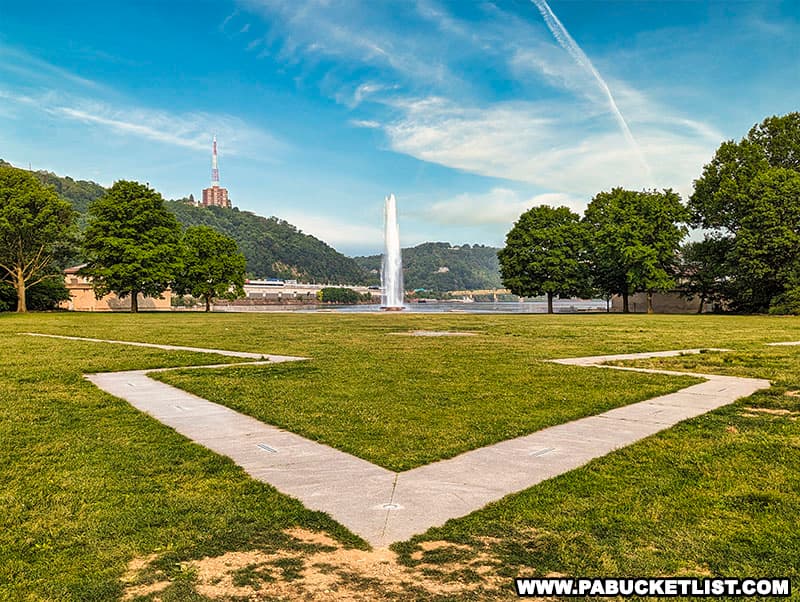
Point State Park commemorates the strategic and historic heritage of the Forks of the Ohio during America’s early colonial period.
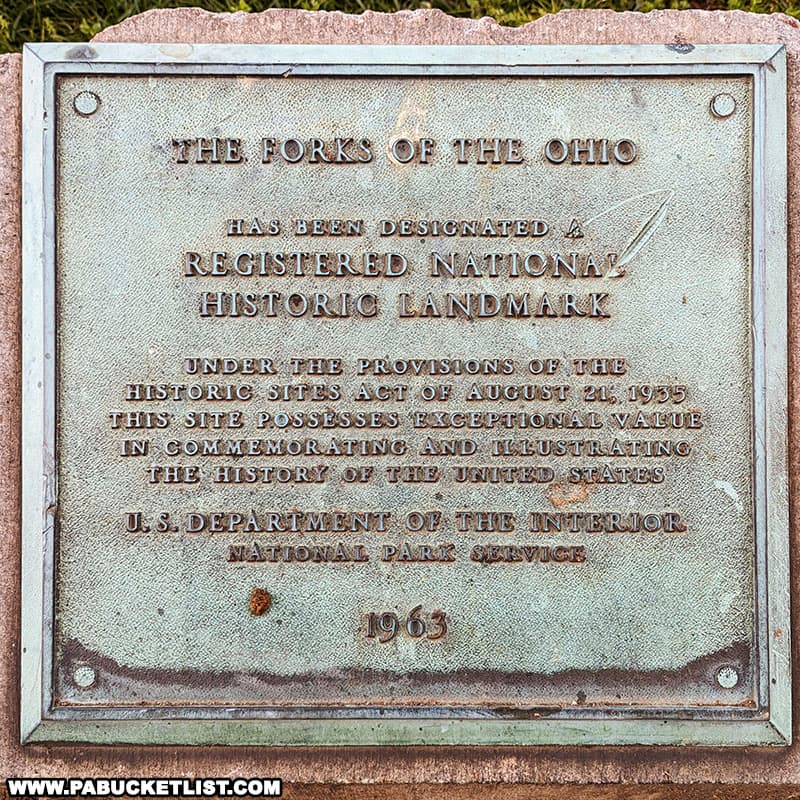
Pittsburgh’s Soldiers & Sailors Memorial Hall and Museum honors the experiences of American service personnel throughout all of America’s conflicts, from the Civil War to modern times.
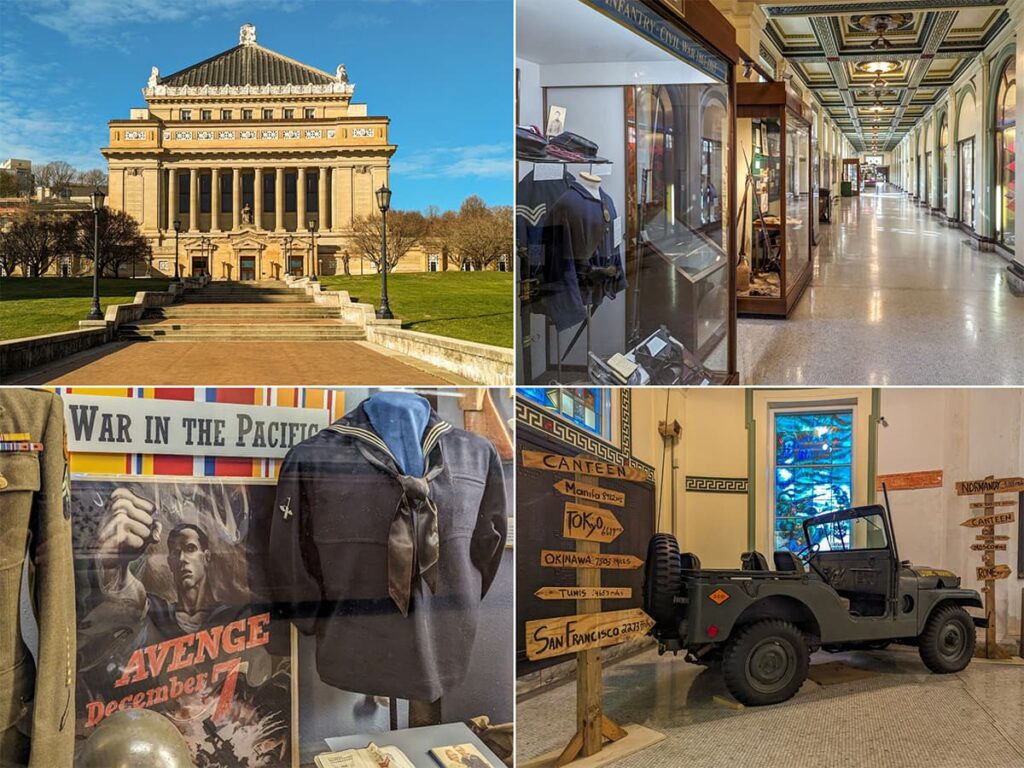
The Carnegie Museums of Art and Natural History in Pittsburgh exhibit everything from ancient relics to timeless art, all under one roof.
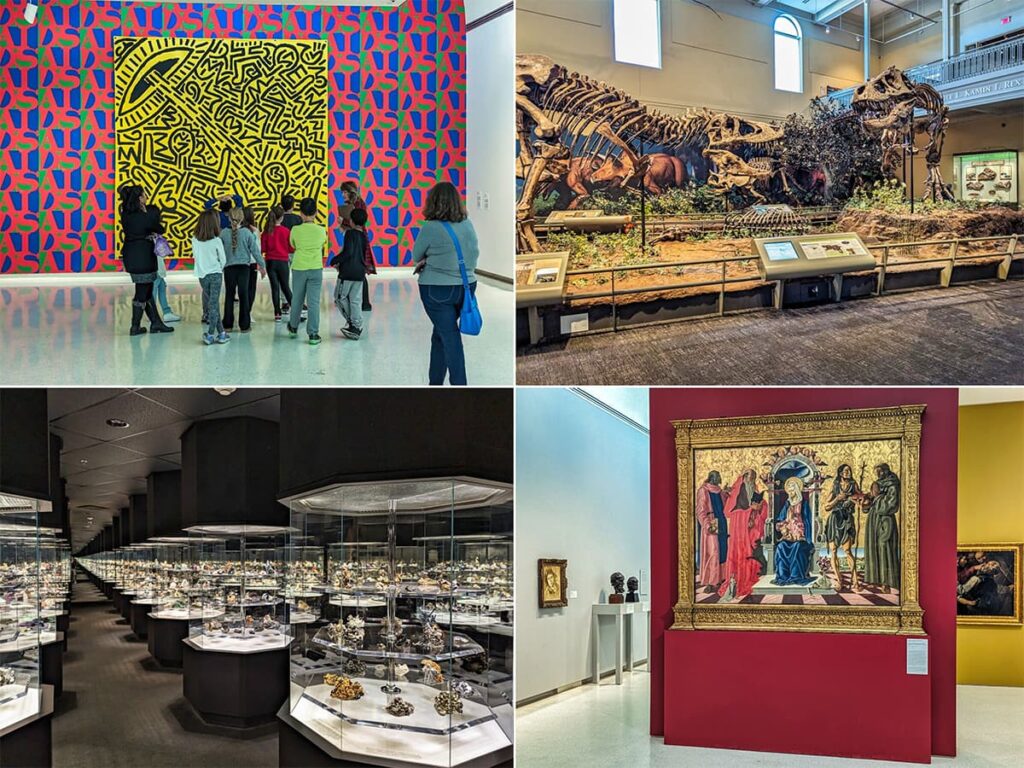
The Living Dead Museum pays tribute to Pittsburgh filmmaker George Romero and the series of “zombie movies” he created, starting with the horror classic “Night of the Living Dead” in 1967.
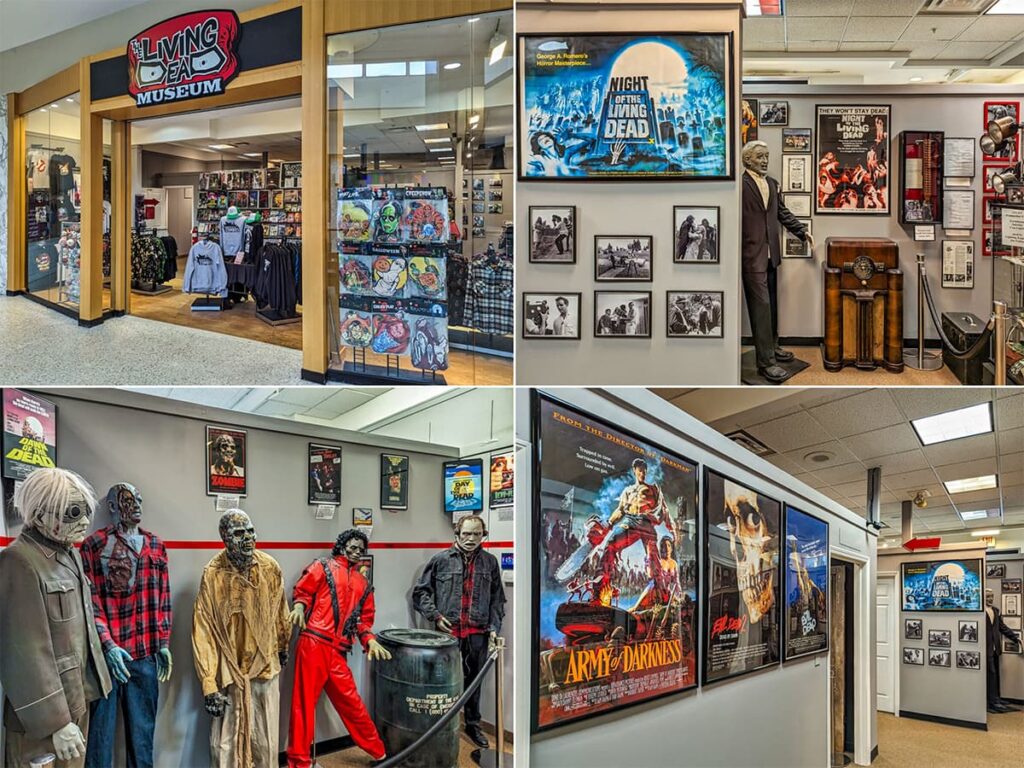
Did you enjoy this article?
If so, be sure to like and follow PA Bucket List on Facebook, Instagram, and/or Pinterest to learn more about the best things to see and do in Pennsylvania!
Click on any of the icons below to get connected to PA Bucket List on social media.


